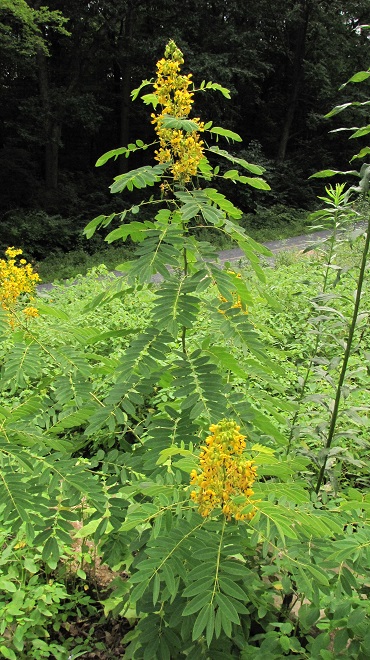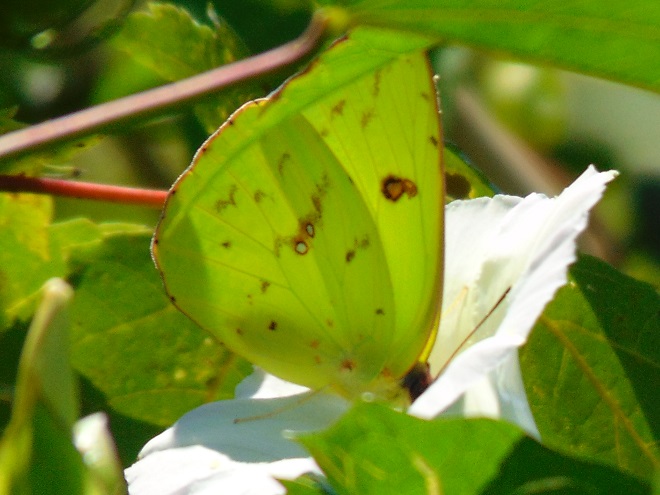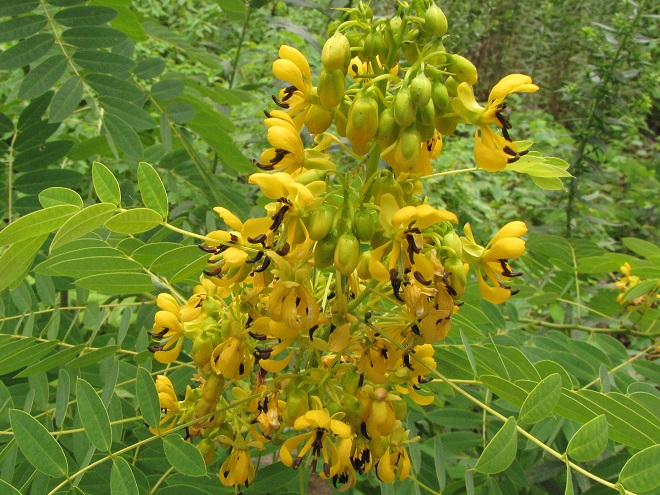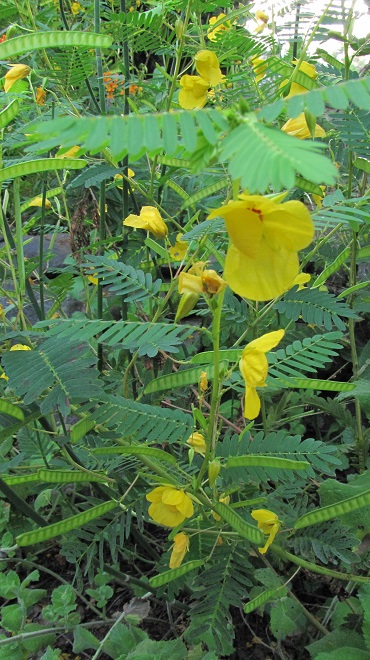Looking for a native wildflower that’s tall, showy, and a great choice for attracting wildlife, especially butterflies and bees? Then check out Wild Senna (Senna hebecarpa).

Wild Senna, also known as American Senna, is a host plant for the larvae of Cloudless Sulphur and Sleepy Orange (Eurema nicippe) butterflies. It thrives in almost any moist, well-drained soil in habitats including open woodlands, forest edges, meadows, and gardens like yours. Its height at flowering ranges from three to six feet. If you prefer, this perennial wildflower can even be cultivated as a shrub-like form. It is easily grown from seed, which is available from Ernst Conservation Seeds of Meadville, Pennsylvania, as well as numerous other vendors. And don’t forget to give Wild Senna’s two close relatives, Partridge Pea and Maryland Senna, a try as well. They attract the same species of butterflies and are just as easy to grow. You’ll like ’em.



